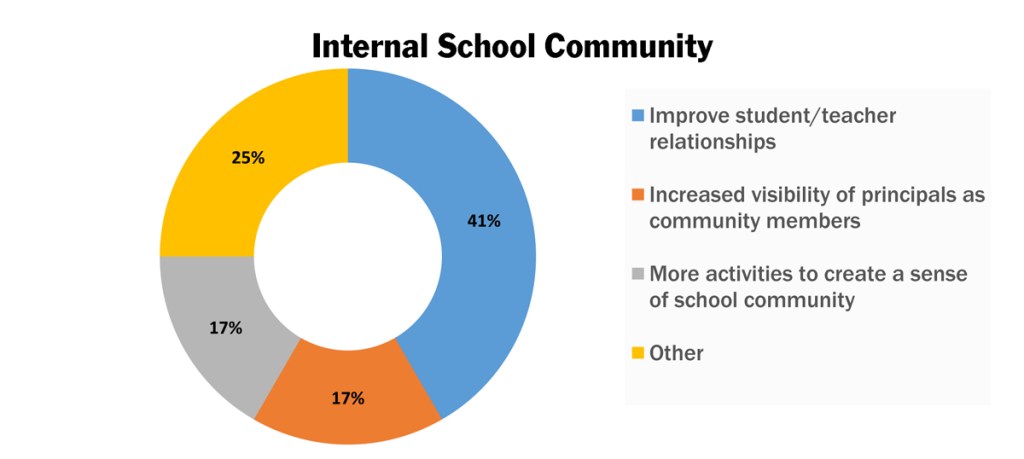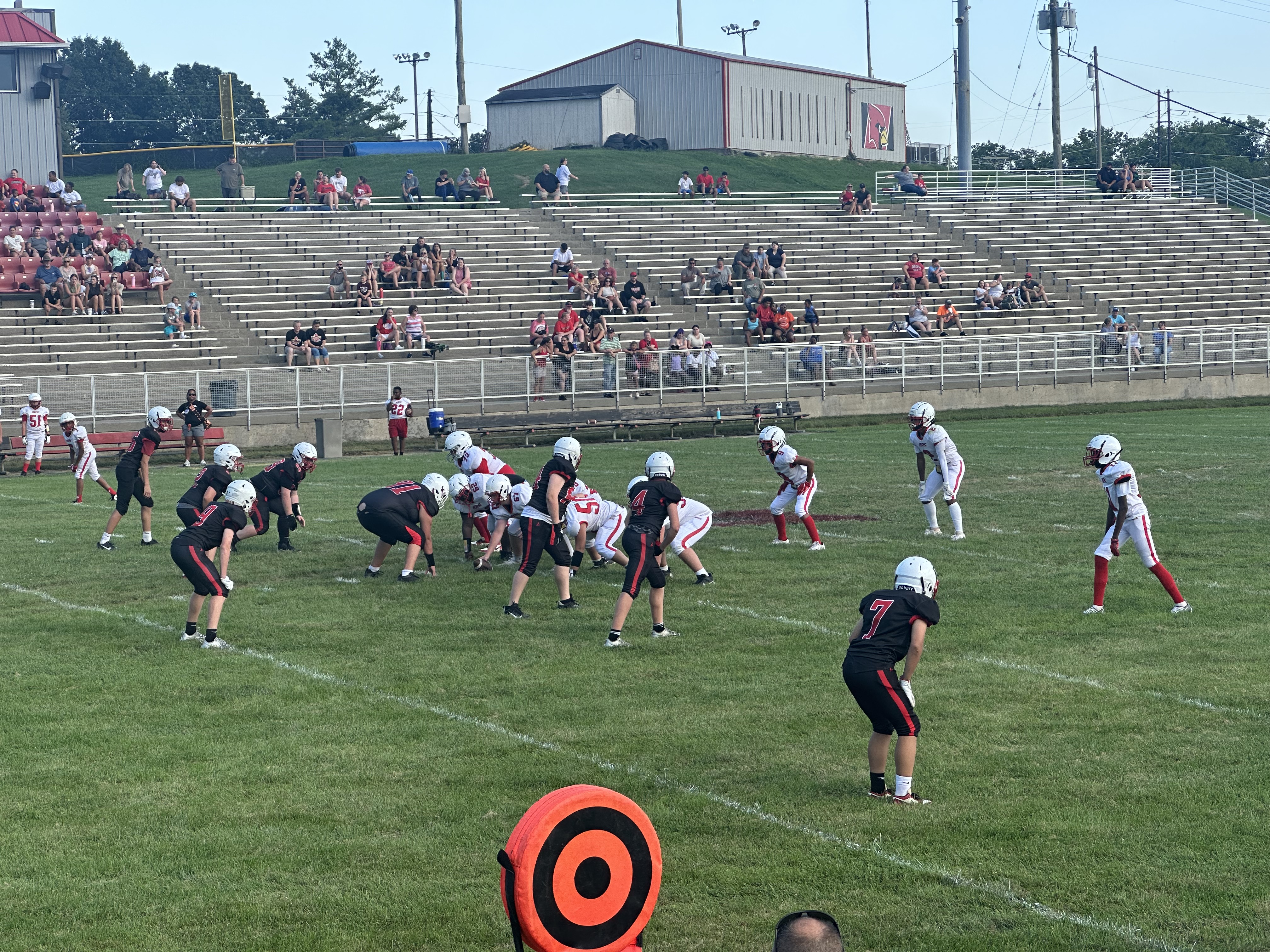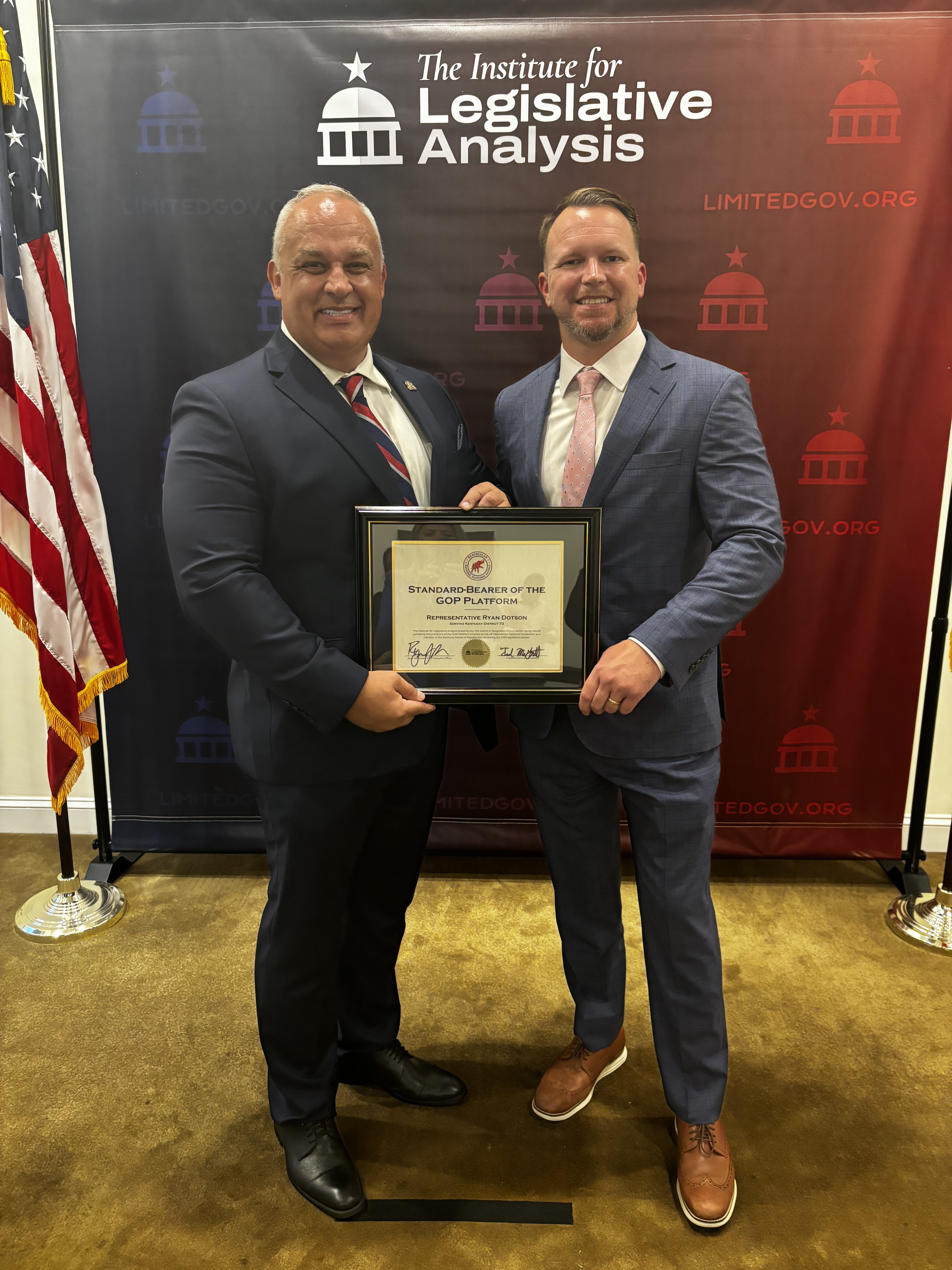Closer Look: Study reveals students worry about future
Published 10:08 am Monday, November 19, 2018

- On the Table 2018
Clark County Public Schools students are worried about the future of the community.
According to the Clark County Community Foundation’s On the Table report, more than 70 percent of the 355 student participants said they were more worried or concerned when thinking about what the future holds for the community over the next five years.
Halee Cunningham, gift planning officer and deputy counsel at the Blue Grass Community Foundation, said the Clark County Community Foundation (CCCF) and Clark County Public Schools (CCPS) are working to change students’ view.
Trending
In spring 2018, CCCF and CCPS partnered to host multiple On the Table community conversations focused on school safety and violence prevention.
“I think this is a trust-building exercise for our students and our community,” Cunningham said.
On the Table is a national civic engagement initiative supported by the John S. and James L. Knight Foundation; The Chicago Community Trust initially developed it, according to a news release.
CCCF was established in 1998 by local citizens as a permanent fund dedicated in perpetuity to the well-being of Clark County. Since its inception, the foundation has granted more than $3 million to benefit charitable projects and causes in Clark County. CCCF is a geographic component fund of Blue Grass Community Foundation.
The purpose of CCCF’s first On the Table discussions was to get input from community members, students and district administrators regarding increasing school safety and preventing acts of violence in the school district.
“We want our young people to know they have a voice and we want to hear what they have to say,” Cunningham said.
Trending
More than 150 community members and 355 students provided input during roundtable conversations, according to the news release.
CCCF’s On the Table 2018 report was created using information collected during the three public community events and in-school conversations. This report provided insight into what the community, and students, found to be the most pressing issues and potential solutions in the schools.
“We were just excited to have this opportunity,” Cunningham said. “… We are grateful to have had this discussion with the students… We very much wanted to see the results and implement internal changes.”
Overarching themes
Cunningham said the majority of the solutions proposed in the report didn’t focus on physical building alterations such as metal detectors, but instead on improving student-teacher relationships, mental health and counseling services and increasing parental and community involvement.
“Teachers and administrators should see empathy with students as part of their job description,” noted one George Rogers Clark High School student during a discussion about creating a learning environment that bolsters mutual respect and understanding — two things students said were needed to promote positive mental health.
CCPS partnered with the foundation in the creation of the discussion prompts and several board members and district officials attended one or more of the public conversation sessions, according to the release.
CCCF identified nine overarching themes from discussion notes submitted by attendees at the three On the Table community events held in March 2018 which CCCF outlined in the report. About 64 different discussion topics were then identified and categorized within these themes.
Alex Rowady, chair of the Clark County Community Foundation, said in the release many of the issues identified by students such as bullying, racism and drug use are not problems the community can solve overnight.
“These are systemic, community-wide issues that Clark County as a whole needs to consider and work to improve,” Rowady said. “As chair of the Clark County Community Foundation, I am happy to say that our board is working really hard to do that. We felt that the first step was getting the conversations started in our community and our schools.
“Now we are willing and excited to work with the schools to provide some grant funding to implement solutions that have been proposed in this report. We want the students and community members who participated in these conversations to know that their voices have been heard.”
Student-centered programming solutions
During the discussions, about 17 percent of the community participants identified the importance of having a homeroom or mixed grade advisory where students would meet at least once weekly. The focus would be on providing students with updates and school announcements, as well as for social activities like voting on homecoming themes or school spirit days.
According to the report, participants believed this would be a good way for a students to develop a relationship with a teacher who was not solely focused on academic achievement and test scores.
In a homeroom environment, students also would have the ability to intermingle with other grade levels and students they may not share academic classes with, improving issues with diversity and bullying.
Of the participants, 14 percent also suggested implementing or expanding the Green Dot Program to train students on identifying and responding to behaviors that may lead to violence.
Some participants also suggested installing anonymous reporting options, including the idea of a “bully box” or a hotline to call and report behavioral issues to counseling staff.
According to the report, four discussions focused on the implementation of student-led leadership clubs and extracurricular activities, with a focus on students being able to voice issues of concern or ideas for positive change in the school.
Some participants also discussed access to after-school activities. Several of the discussions mentioned the availability of after-school programming, but many students who may attend these programs cannot because of lack of parental involvement or parents who cannot provide transportation. If the district could provide transportation, more students may have the opportunity to participate.
Some participants even suggested setting aside a period within the school day where students could gather with others who have similar interests and interact during school.
Mediation and conflict resolution classes were also suggested, particularly starting with younger students to better equip them with the skills needed to resolve conflict without using violence before entering high school.
Issues surrounding bullying and discrimination based on race, religion, sexual orientation and socio-economic class were also noted. Participants proposed a solution to have more events and activities throughout all schools that celebrate diversity.
Some other highlights include:
— About 60 percent of participants said the district needs to bring in additional counselors to improve the student to counselor ratio.
— About 44 percent of participants said there is a need to increase parental involvement, including increasing communication among teachers, parents and students as well as providing organizations in which parents can participate.
— More than 40 percent of participants said there is a need to improve student and teacher relationships.
— Half of the participants said there is a need for more consistent and improved disciplinary measures.
— One-third of participants suggested no freshman academy and instead integrating all classes at the high school.
— More than 60 percent of participants said teachers and staff need more training on recognizing mental illness.
School and youth
issues and solutions
About 355 students from fifth through 12th grades participated in On the Table events held in March and April 2018.
Students identified the top issues facing their school and proposed solutions to resolve these issues.
About 175 students from George Rogers Clark High School and the Phoenix Academy, 80 from Baker Intermediate School and 100 students from Robert D. Campbell Junior High School were selected to participate in the On the Table event.
At GRC, bullying, racism and religious intolerance were the most critical issues to tackle. Baker participants said school safety was the most pressing issue whereas Campbell students cited harassment, fighting and cyberbullying as their main issues.
Students from all schools provided solutions including more counselors, better discipline, metal detectors, more school resource officers, and more.
Nearly 90 percent of participants at GRC and Baker said they believe that youth in the community can bring about real change on the issues that are important to them.
Campbell students were divided. About 57 percent said they believe the youth can bring about real change and about 43 percent said they did not think children could bring about change.
What’s next?
CCCF is now working alongside the school district to use the report to generate new initiatives.
“So we are working with the board of education, and they are going to send us some proposals for projects they are going to try to implement in the schools that come directly from the solutions that were discussed with the participants in the report,” Cunningham said.
The Clark County Board of Education will soon discuss the approval of grant initiatives resulting from On The Table community forum and collaboration with the Clark County Community Foundation.
CCCF presented the report to the board in October.
The board acknowledged the report, but the discussion for proposals has been tabled two times due to board member absences and the need for additional conversations with various parties.
Superintendent Paul Christy said in a board meeting the district had already begun implementing similar practices suggested in the report earlier this year but are now working with CCCF to propose additional measures.
Cunningham said she hopes to have proposals before Dec. 31.
“We want to make sure the students who participated can see within these school year what’s going to happen,” she said.
CCCF will provide the district $50,000 for the first year upon approving a proposal and then will subsequently offer $25,000 for up to five years.
“Whatever program gets started, we want to be able to sustain those,” Cunningham said.
CCCF is already exploring similar community conversations for 2019; though, Cunningham said they are still discussing potential topics.
At the least, Cunningham said she hopes the community, and especially students, know there are people out there who care.
“There are adults out there who do want to listen to what they have to say and are willing to try and help,” Cunningham said.







